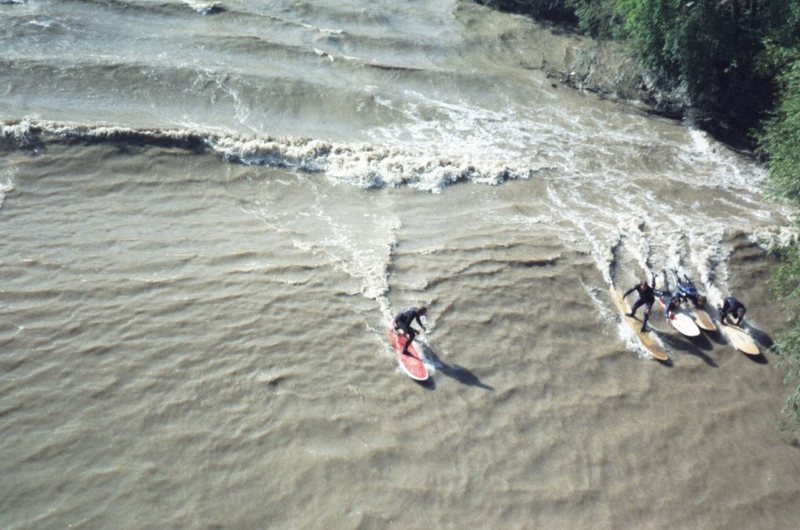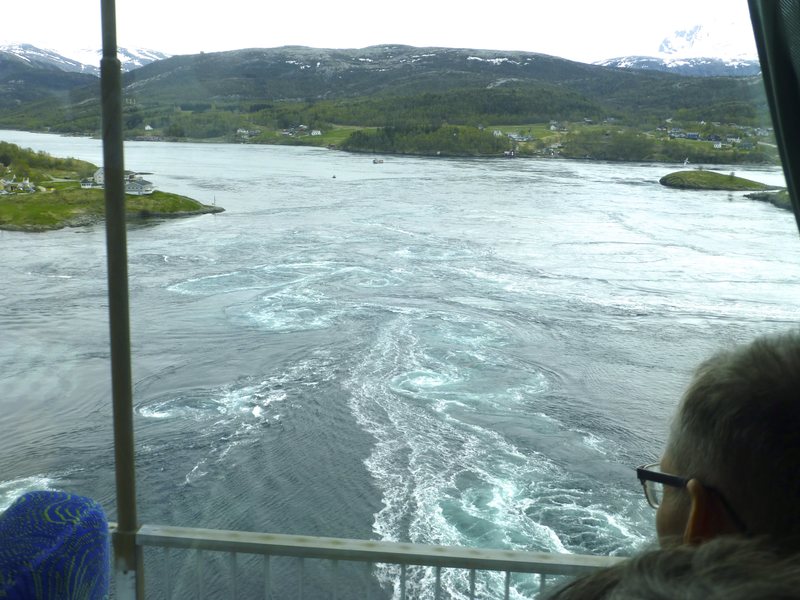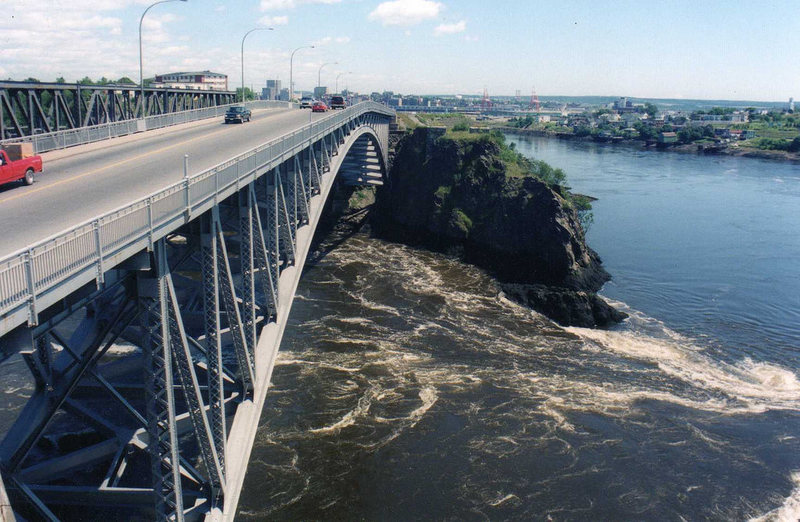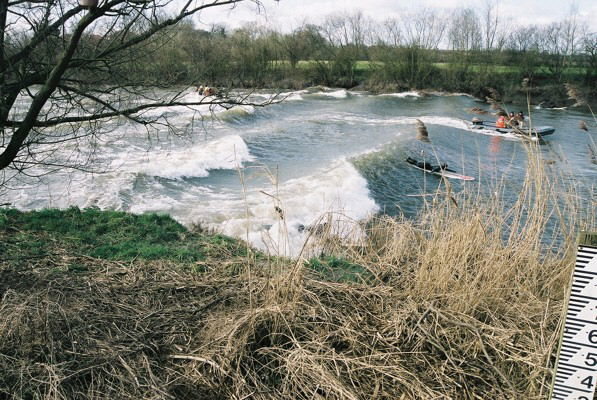
The highest of high tides, called a spring tide, occurs when the earth, moon, and sun all line up, which they do at each Full Moon and New Moon. This alignment also happens, of course, during a solar eclipse, and the resulting spring tide is one of the more overshadowed aspects of North America’s upcoming astronomical rarity.
In general though, spring tides bring about some wonderfully strange natural phenomena, especially in places with the most drastic fluctuations in sea level, including parts of Canada and the United Kingdom. Here are nine wild, watery places to appreciate the extraordinary effects of the moon’s tidal force.

In a narrow channel in Norway’s Saltstraumen sound is the strongest tidal current in the world. As the tide tries to fill Skjerstad fjord, up to 440 million tons of seawater forces its way through a narrow strait, with water speeds reaching 23 miles per hour. The powerful movement causes a series of whirlpools to form, called maelstroms due to their extraordinary force. When the current is at its strongest, the swirling vortices can reach up to 16 feet deep at the eye of the vortex. The Saltstraumen maelstrom is believed to be the most powerful tidal whirlpool on the planet.

The Bay of Fundy is home to the largest tidal range in the world, with variations between high tide and low tide reaching upwards of 52 feet, roughly the same height as a five-story building. Due to these drastic surges, when the powerful tides come up—some of the highest in the world—it can cause the river waters to reverse course multiple times throughout the day.
Remarkably, at the bay’s “Reversing Falls,” a series of powerful (if squat) waterfalls also change direction with the tidal current.
Britain’s Severn river also has an exceptionally large tidal range—the water level difference between low and high tide—which causes one of the world’s most spectacular tidal bores, a large wave that flows upstream against the current. On the days when the bore is strongest—like it was during the “super tide”…
The post The Earth’s Wildest Reactions to High Tides appeared first on FeedBox.